Fast food history has seen many items rise and fall. While some creations were destined for greatness, others were quickly forgotten. In this exploration, we’ll uncover eight legendary fast food items that have become household names, alongside eight that fizzled out of existence. From iconic burgers to infamous flops, these stories highlight innovation, consumer trends, and the fast-paced nature of the fast food industry. Let’s delve into these fascinating tales of triumph and failure in the fast-food world.
McDonald’s Arch Deluxe

In the 1990s, McDonald’s tried to capture the adult market with the Arch Deluxe, a burger touted as being more sophisticated. It had a special sauce and was marketed with a premium price, but it failed to resonate with customers. The campaign cost millions, yet the results were lukewarm. Its failure is often attributed to misjudging consumer desires and a convoluted marketing message. Interestingly, it remains a nostalgic memory for many who tried it during its short-lived existence. Today, it serves as a lesson in aligning product positioning with customer expectations.
Taco Bell’s Waffle Taco
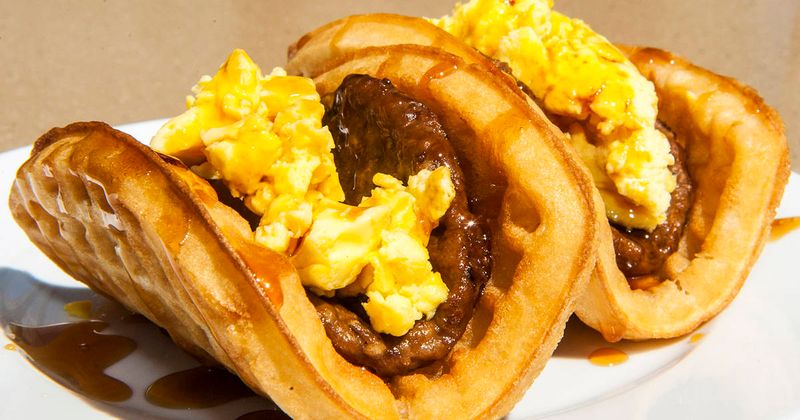
Taco Bell’s Waffle Taco was a breakfast innovation that combined a waffle, sausage, and eggs into a taco form. It was part of Taco Bell’s initial foray into breakfast items, aiming to capture the morning crowd. Despite its novelty, it faced stiff competition from established breakfast chains and failed to carve a significant niche. Customers had mixed reactions to the combination, and it was eventually discontinued. However, it paved the way for more diverse breakfast offerings at Taco Bell, showing the brand’s willingness to experiment with unconventional concepts.
Burger King’s Satisfries

Burger King’s Satisfries were introduced as a healthier alternative to regular fries, with 40% less fat. The crinkle-cut fries promised the same taste with fewer calories, appealing to health-conscious consumers. Unfortunately, they were more expensive and didn’t achieve significant popularity, leading to their removal from the menu. Despite their short run, Satisfries demonstrated Burger King’s commitment to offering healthier options. Their introduction highlighted the challenges of balancing health trends with traditional fast-food enjoyment.
McDonald’s McLobster
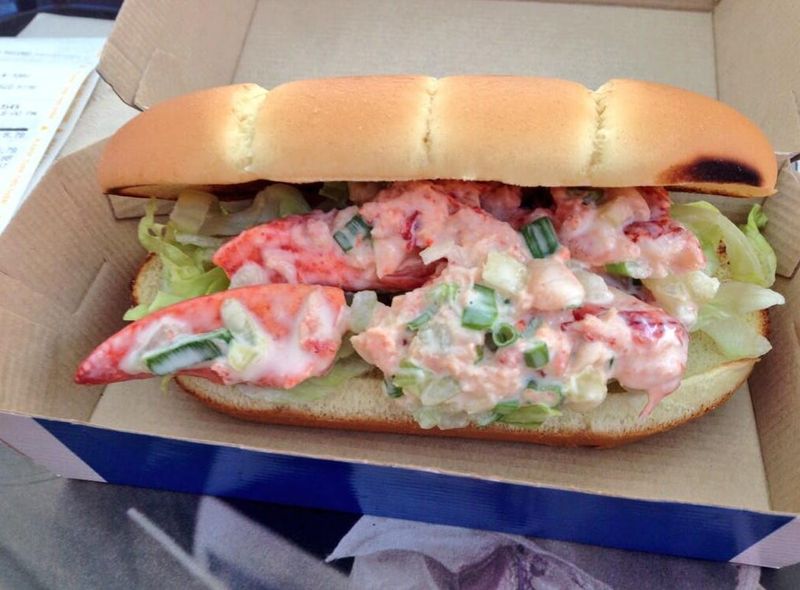
Offered seasonally in select regions, the McLobster sought to bring the taste of New England seafood to the fast-food world. It featured lobster meat in a light dressing, served in a soft bun. However, it was often criticized for its high price and inconsistent quality. Many customers found it lacking compared to local lobster rolls. While it never achieved widespread success, it remains a quirky part of McDonald’s menu history. The McLobster’s appeal lies in its regional charm and the novelty of ordering lobster at a fast-food joint.
Pizza Hut’s Priazzo
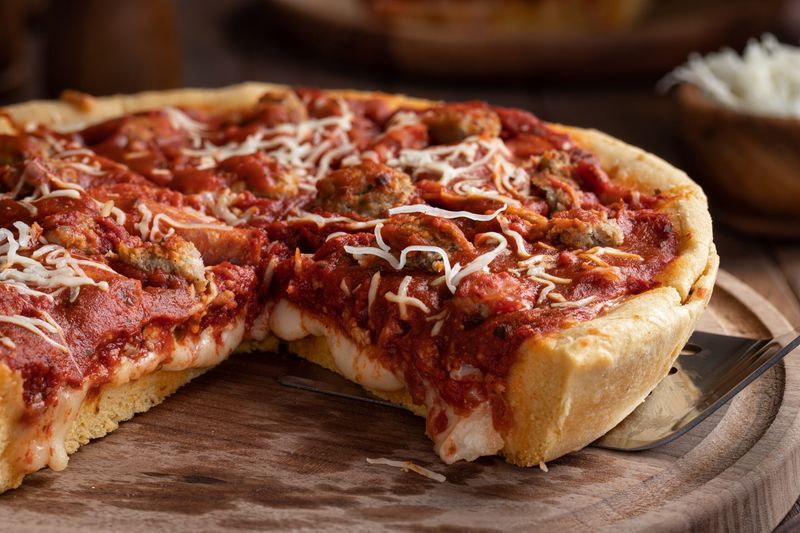
Pizza Hut’s Priazzo was an ambitious attempt to introduce a Chicago-style deep-dish pizza to the mass market. Launched in the 1980s, it featured a thick crust with layers of cheese, meats, and sauce. Despite its rich taste, the Priazzo required longer cooking times, which was impractical for the fast-paced environment of Pizza Hut. It was eventually discontinued, but it remains a fond memory for those who enjoyed its hearty flavors. The Priazzo reflects the challenges of adapting complex dishes for quick-service restaurants.
McDonald’s McPizza

The McPizza was McDonald’s bold entry into the pizza market, launched in the 1980s and 1990s. Despite being a familiar favorite, the preparation time clashed with McDonald’s fast service model. Customers were frustrated by the wait, and its introduction slowed down service lines. Ultimately, the McPizza was phased out, but it remains a curious chapter in McDonald’s history. For those who remember it, the McPizza represents a time when McDonald’s experimented beyond its core burger offerings, aiming to broaden its appeal.
Wendy’s Superbar

Wendy’s Superbar was a buffet style offering that allowed customers to build their meals from a variety of options. Launched in the 1980s, it included salads, pasta, and Mexican dishes. While popular for its variety and value, the Superbar was labor-intensive and challenging to maintain quality standards. It was eventually discontinued, but it remains a nostalgic favorite for those who enjoyed its eclectic mix. The Superbar exemplifies Wendy’s innovative approach to fast food, offering a unique dining experience that was ahead of its time.
McDonald’s McDLT
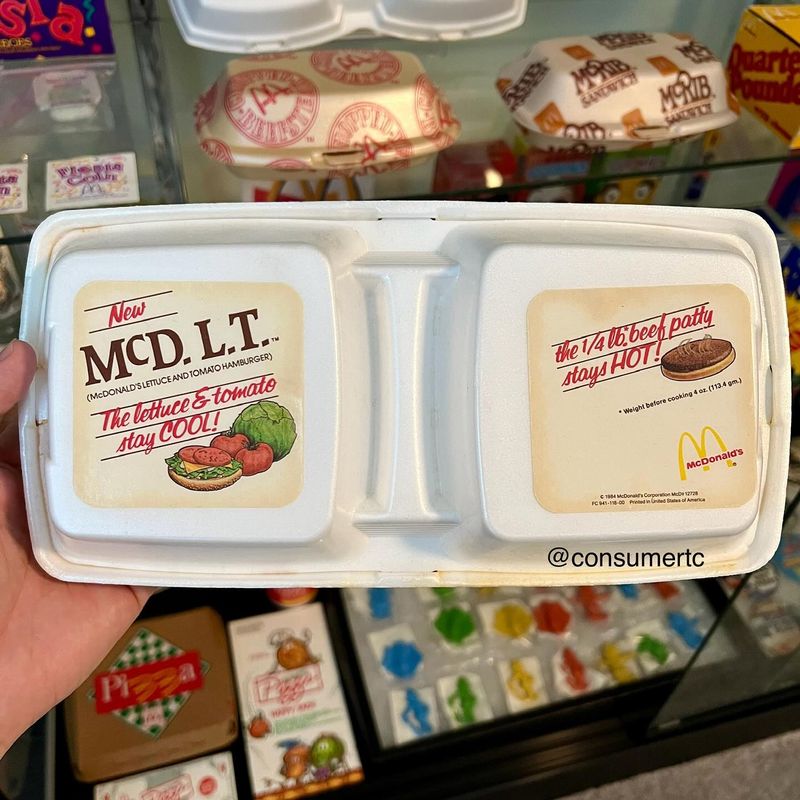
The McDLT was McDonald’s answer to keeping hot and cold ingredients separate until consumption. Introduced in the 1980s, it came in special packaging that separated the hot patty from cold lettuce and tomato. While the concept was intriguing, the bulky packaging was environmentally unfriendly and drew criticism. Eventually, it was discontinued, but it remains an innovative idea that many still remember fondly. The McDLT underscores the challenge of balancing innovation with practicality and environmental considerations in fast food.
Big Mac
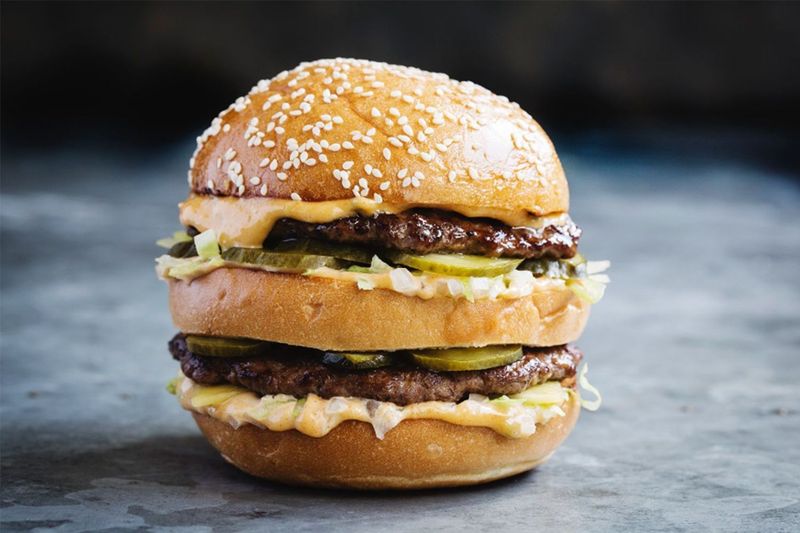
The Big Mac, introduced in 1967, quickly became a symbol of American fast food. With its unique three-layer bun, special sauce, and two beef patties, it set the standard for burgers worldwide. It exemplifies McDonald’s ability to create a product that resonates across generations. Despite changing food trends, the Big Mac has remained a staple, celebrated for its taste and iconic status. Its longevity and global recognition highlight its success as a legendary fast-food item. The Big Mac is more than just a burger; it’s a cultural phenomenon.
Whopper
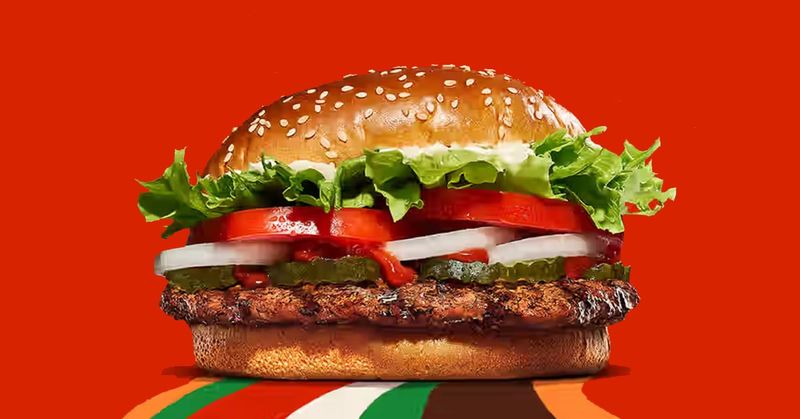
Introduced in 1957, the Whopper has become synonymous with Burger King’s flame-grilled flavor. Known for its size and customization options, it offers a unique experience distinct from its competitors. The Whopper’s introduction marked Burger King’s commitment to quality and choice, setting it apart in the fast-food industry. Its enduring popularity speaks to its ability to adapt and remain relevant. The Whopper’s success is a testament to the power of innovation and consumer engagement, establishing it as a legendary fast-food icon.
Taco Bell’s Doritos Locos Tacos
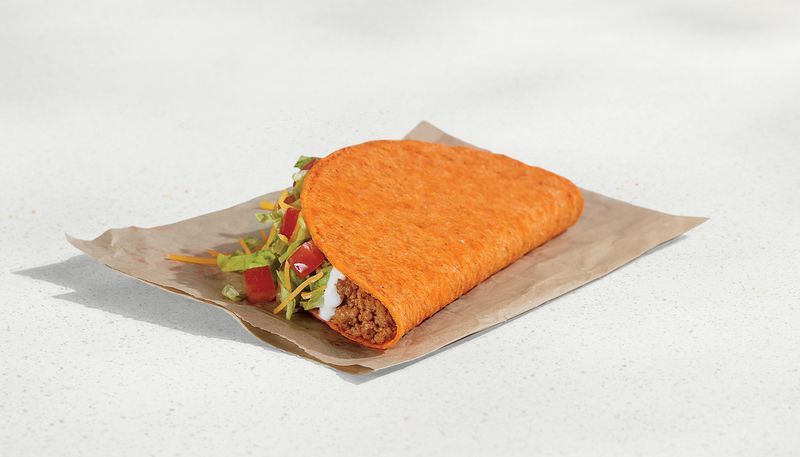
The Doritos Locos Tacos, launched in 2012, revolutionized Taco Bell’s menu with its Doritos-flavored shell. It became an instant hit, capturing the imagination and taste buds of fans worldwide. The unique collaboration between Taco Bell and Doritos created a buzz, leading to record-breaking sales. Its success underscores the potential of innovative partnerships and creative flavors in fast food. The Doritos Locos Tacos have become a modern legend, celebrated for their bold taste and ability to surprise and delight customers.
Subway’s Footlong Sandwich

Subway’s Footlong Sandwich has become a hallmark of customization and value. Launched in the 1960s, it offers customers the ability to create their perfect sandwich from a variety of fresh ingredients. The Footlong’s success lies in its adaptability and appeal to health-conscious diners seeking fresh alternatives. Its iconic status is reinforced by Subway’s consistent promotion and innovation, maintaining its position as a leader in the sandwich market. The Footlong’s enduring popularity illustrates the effectiveness of offering personalized dining experiences.
Wendy’s Frosty
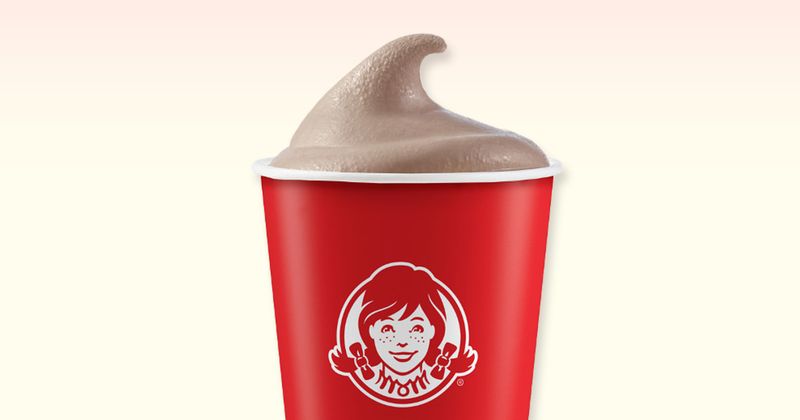
The Wendy’s Frosty, introduced in 1969, offers a delightful blend of a milkshake and an ice cream dessert. Known for its creamy texture and rich chocolate flavor, it has become a beloved treat. The Frosty stands out for its simplicity and unique consistency, offering a refreshing contrast to traditional fast-food desserts. Its popularity has endured over the years, proving its status as a fast-food legend. The Frosty’s appeal lies in its comforting taste and nostalgic charm, making it a staple on Wendy’s menu.
In-N-Out Burger’s Double-Double
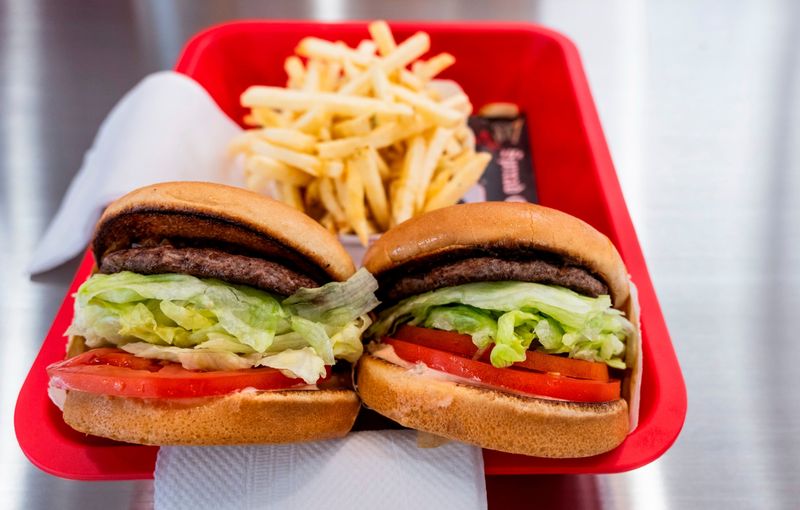
In-N-Out Burger’s Double-Double features two beef patties and slices of cheese, layered with fresh lettuce and tomato. Known for its quality ingredients and secret sauce, it has achieved cult status among burger lovers. The Double-Double’s simplicity and focus on quality set it apart, attracting devoted fans. Its enduring appeal highlights the effectiveness of maintaining high standards and a straightforward menu. The Double-Double is not just a meal; it’s an experience, drawing customers from far and wide to savor its legendary taste.
KFC’s Original Recipe Chicken

KFC’s Original Recipe Chicken, created by Colonel Harland Sanders, is renowned for its secret blend of 11 herbs and spices. Launched in the 1930s, it revolutionized the fast-food industry with its flavorful and crispy fried chicken. The recipe remains a closely guarded secret, adding to its mystique and allure. Its success lies in its consistent quality and distinctive taste, making it a beloved choice for generations. The Original Recipe Chicken has become a symbol of KFC’s brand, celebrated worldwide for its unique flavor.
Starbucks’ Pumpkin Spice Latte
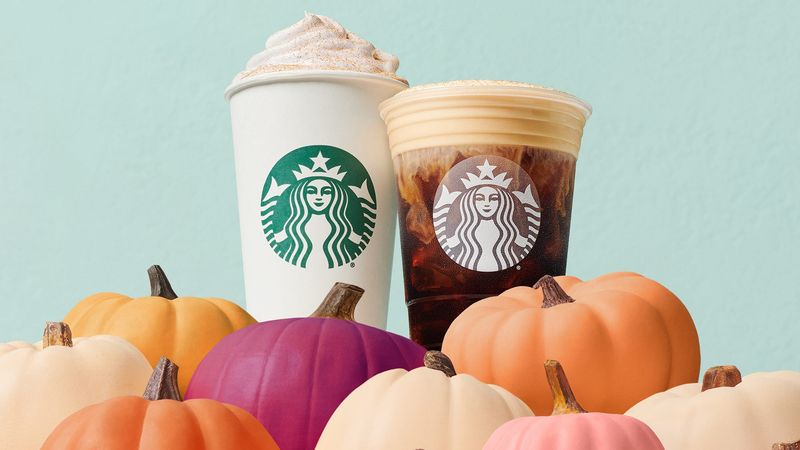
Introduced in 2003, Starbucks’ Pumpkin Spice Latte has become a seasonal sensation. Its blend of espresso, steamed milk, pumpkin, and spices captures the essence of autumn in a cup. The drink has sparked a cultural phenomenon, marking the start of the fall season for many. Its popularity has inspired a variety of pumpkin spice products, solidifying its legendary status. The Pumpkin Spice Latte’s success showcases the power of seasonal offerings and the connection between food and cultural moments.
Leave a comment